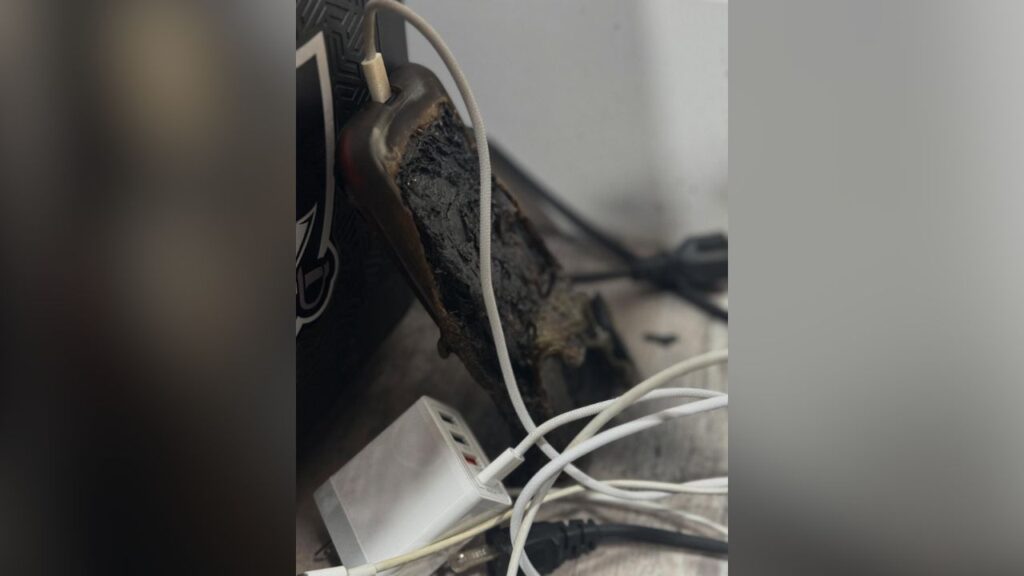Share
Sooner or later, reality rears its ugly head and that seems to be happening with the state’s very expensive — but apparently failing — efforts to close a yawning “achievement gap” among the state’s nearly 6 million elementary and secondary school students.
Early in the decade, as Jerry Brown began his second stint as governor, he persuaded the Legislature to create the Local Control Funding Formula (LCFF).

Dan Walters
Opinion
Strangely, however, Brown refused to allow strict monitoring of how the money was being spent on what were called “high-needs” students, mostly poor and/or English-learners, or whether the achievement gap was being narrowed, saying he trusted local officials to make it work.
LCFF’s underlying assumption was — and is — that expanding spending would automatically produce better outcomes. However, after more than a half-decade of operation and a steady drumbeat of outside criticism, including extensive reporting by CalMatters, that assumption is colliding with a reality just now being officially acknowledged.
Petek Suggested Several Ways in Which Accountability Could Be Increased
Late last year, State Auditor Elaine Howle, having been directed by the Legislature to look into LCFF, reported,that “the state does not explicitly require districts to spend their supplemental and concentration funds on the intended student groups or to track how they spend those funds; therefore, neither state nor local stakeholders have adequate information to assess the impact of those funds on intended student groups.”
That’s exactly what civil rights and education reform groups, loosely organized as an “equity coalition,” had been saying and pressing in lawsuits directed at specific school districts.
This week, the Legislature’s budget analyst, Gabriel Petek, weighed in, having been directed to convene a working group to analyze how LCFF and other efforts to help low-performing students were functioning.
Petek’s report laid out the dimensions of the achievement gap and noted that despite $20-plus billion in state and federal funds per year directed to high needs students, demonstrable successes are scant.
Petek suggested several ways in which accountability could be increased, the most intriguing of which would be state intervention for local school systems that “persist in having long track records of poor performance.”
State Beginning to Build a System of Collecting and Analyzing Data
For many years, the state has had a system to monitor the finances of local school districts and intervene with those that have persistent problems balancing their budgets, including state takeovers of the worst cases. But it hasn’t intervened for educational failures.
However, he and the working group suggest that intervention cover only those districts that ask for it, rather than occur involuntarily, as happens on financial matters. That would seem to be a recipe for nonaction. School officials would be just as unlikely to self-report educational failures as they are to call attention to their financial shortcomings.
The state — again over Brown’s reluctance — is finally beginning to build a comprehensive system of collecting and analyzing data on educational achievement, and the lack thereof. One important way to utilize such a system is to crack down on school systems that chronically shortchange their students by failing to prepare them for productive lives.
CalMatters is a public interest journalism venture committed to explaining how California’s state Capitol works and why it matters. For more stories by Dan Walters, go to calmatters.org/commentary.
[activecampaign form=31]
Categories

Pittsburgh Post-Gazette Announces It Will Cease Operations


















